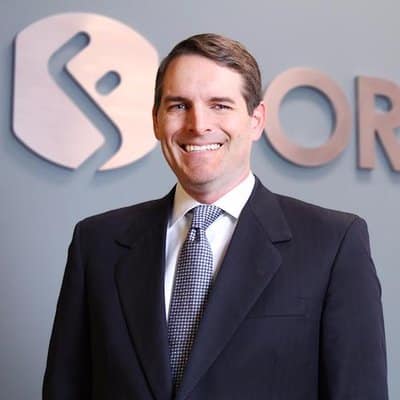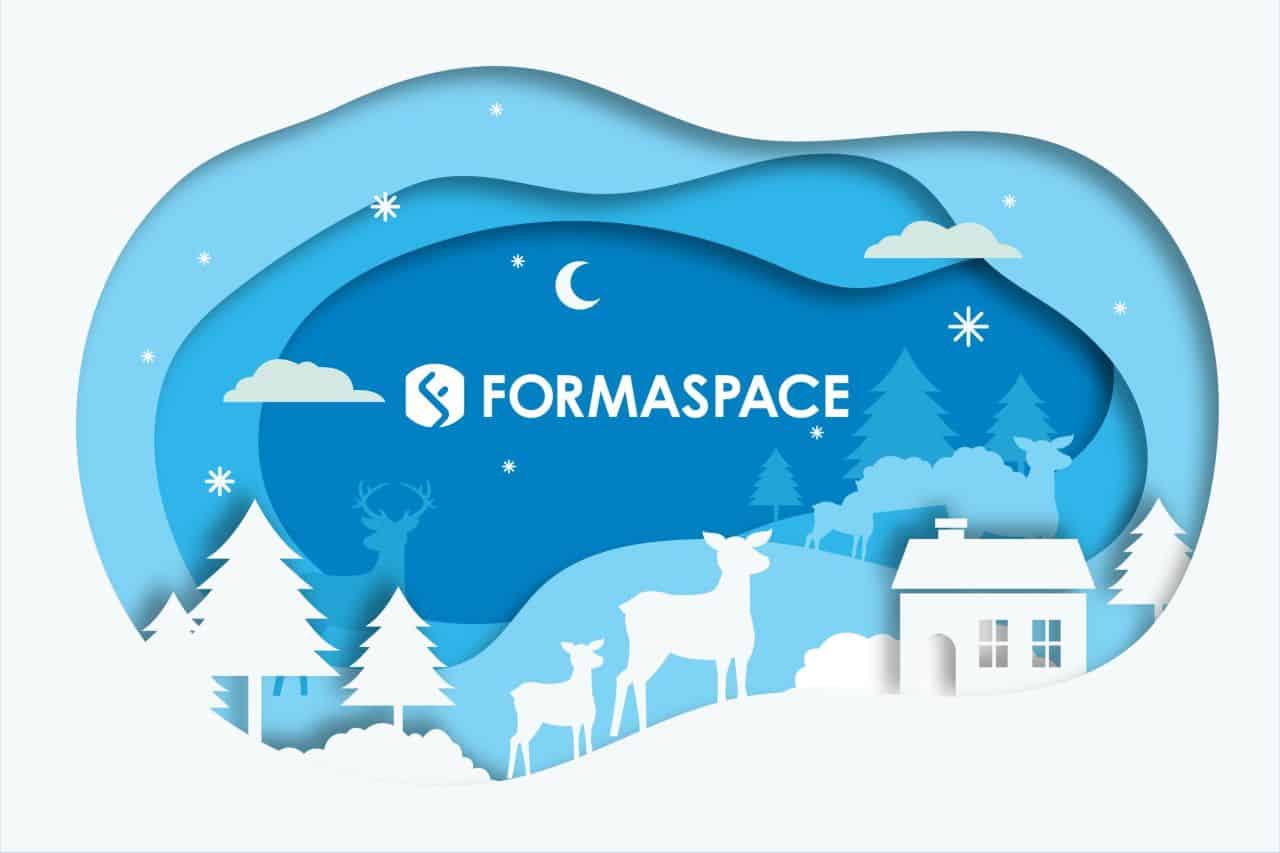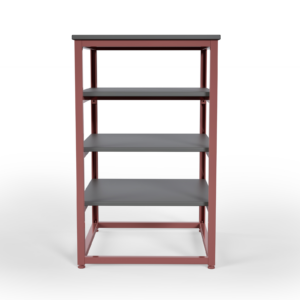The recent approval by US health authorities of two new Covid 19 vaccines that have proven highly effective during clinical trials offers hope that we could return to some sense of normality during 2021.
Vaccination programs are already well underway and, by the end of 2021, Pfizer-BioNTech plans to ship 1.3 billion doses of its vaccine, and Moderna expects to ship around 500 million.
White House officials said they expect that 20 million Americans will be vaccinated by the end of December 2020, and it is hoped that by the middle of 2021, the majority of Americans will be vaccinated, bringing us closer to the 70 – 90% figure that public health officials believe would bring widespread herd immunity against the virus.
Meanwhile, Bloomberg is tracking the daily progress of vaccination efforts around the world, and, at the time of writing, they report that 2.13 million Americans have already received an initial vaccine dose, well short of the White House’s estimates, but still a positive development.
The CDC recently issued vaccine program guidelines that identify which cohorts should receive priority for vaccination, although, at this time, the federal government is letting states set the final priorities. (Texas, for example, has moved those with comorbidities into the second tier.) When could you receive the vaccine? The New York Times has created a useful interactive online tool to help individuals estimate when they might receive the vaccine.
Many challenges remain for a safe and effective vaccination program, starting with logistics companies, such as FedEx and UPS, which must maintain these two new vaccines at exceptionally cold temperatures, particularly the Pfizer BioNTech vaccine, which must be stored at -70 C.
While that may seem impossible, it’s only a little bit colder than existing “cold chain” logistics operations that ship food-grade raw tuna to Japan, where shipments are kept at -60 C to avoid discoloring the fish. Refrigeration specialists, such as Thermo King, have adapted their freezer designs, originally built for transporting tuna, to accommodate shipping the new vaccines to the US by air from the main manufacturing plant in Belgium. Other innovations include IoT sensors added inside each transport container, which monitor temperatures and sound and alarm if something goes wrong.
The second challenge that has concerned public health officials throughout the pandemic is whether the virus will mutate, and thus, render the vaccines less effective. Over the weekend before Christmas, the UK government reported the discovery of such a “variant” mutation that is spreading rapidly in southeast England; this new variant is significantly more contagious (potentially raising the absolute Ro transmissibility rate by as much as 0.9), causing France and other European countries to temporarily sever transportation links with Great Britain.
Will the new vaccines be able to protect us against this new variant or others that many yet emerge? BioNTech founder Uğur Şahin expressed confidence that the existing Pfizer BioNTech vaccine will remain effective against the new variant, but they will need two weeks to verify this. In a worst-case scenario, he stated that it would take the company six weeks to develop a revised vaccine (if required); however, the updated vaccine would still need to undergo new human trials and be approved by regulators. Şahin also expressed concern that the new variant’s higher transmissibility rate might mean that a correspondingly higher number of people will need to be vaccinated to achieve widespread herd immunity. Hopefully, after all the tragedies and disappointments of 2020, we won’t have to face yet another setback, but only time will tell.
Discussion with Jeff Turk, Formaspace CEO
Despite these ongoing challenges, the widespread availability of these new vaccines is some of the best news we’ve had in what’s been a difficult year.
To get some more perspective on what took place in the furniture industry in 2020 and what we might expect in 2021, we spoke with Jeff Turk, Formaspace CEO.
Q: What Were the High and Low Points for Formaspace in 2020?
Thanks for speaking with me today.
At Formaspace, we began preparing for COVID-19 as early as January. On March 21st, a unit of General Motors contacted us to see if we could build multiple truckloads of workbenches to set up a new ventilator production line at a converted Delco factory in Kokomo, Michigan in eleven days. As you may recall, during the early stages of the pandemic, many ICU patients with Covid-19 needed ventilators to stay alive, and they were in short supply at the time. We leaped into action and started two shifts to build 500 workbenches, with the first truckload departing for the GM factory only three days after the first phone call from GM. That really got the company’s adrenaline pumping, and I’m proud we were able to respond so quickly.
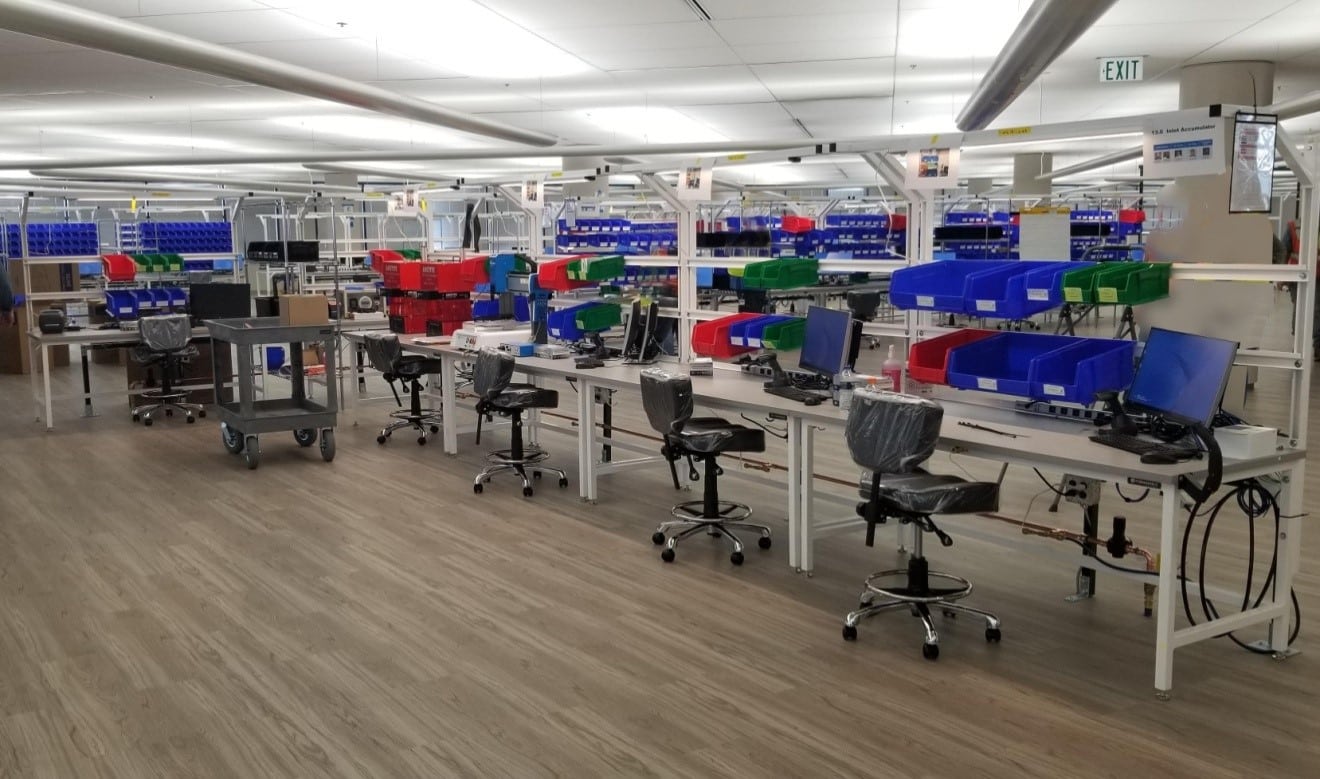
After completing the GM order, we created our first Covid response line of products.
These include safety-oriented accessories, such as transparent dividers and workbench-mounted barriers to help protect workers on the job, especially those at high-risk positions, such as customer-facing bank tellers or other employees who needed to work together in close quarters.
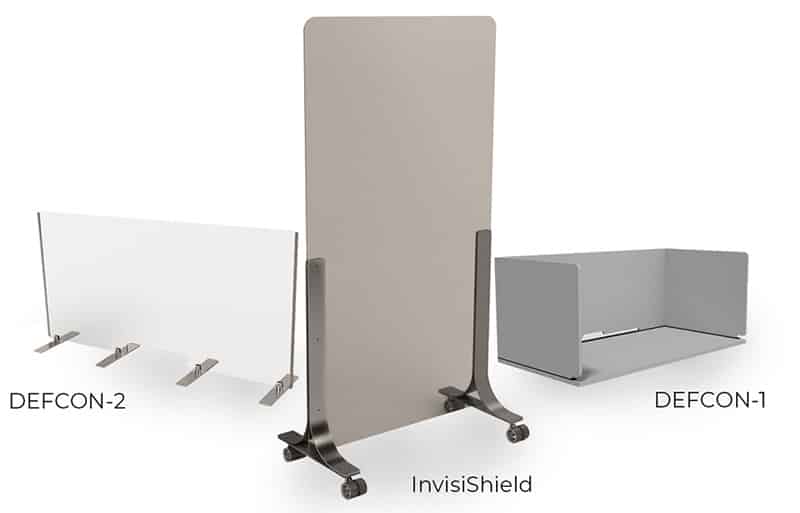
I also recall being optimistic during the spring that things seemed to be going in the right direction in regards to the virus, and we would be able to get the pandemic under control. Unfortunately, several regions of the country reopened before getting the virus fully under control. We had a summer surge of infections, which hit Texas and other southern states particularly hard.
Our business mix changed in the second half of 2020 with many of our office customers delaying delivery of orders; however, we are very fortunate that our Formaspace customer base is very diversified. When orders for custom furniture in the office, hospitality, and casual outdoor furniture markets began tapering, we began to see a corresponding rise in orders for the pharma manufacturing and laboratory furniture market, where we have a strong presence as manufacturers of custom laboratory installations and modular workbenches.
And as we close out the year 2020, the laboratory business continues to be strong for Formaspace, as health science companies continue to ramp up new facilities in response to the pandemic.
Q: What Gives You Hope for a Better 2021 and Hopefully, a Return to “Normal?”
Like many people, I’m placing a lot of hope in the efficacy of these new vaccines.
I think they are the best path forward for us to return to what we’d consider “normal,” where we can get together with friends, go to the movies or sports stadiums, eat out at restaurants, conduct business meetings, and travel on vacation.
A lot will depend on vaccine acceptance. In other words, if too many people decline to take the vaccine, then it won’t be able to help us get the pandemic under control. But I’m hoping that once people see their friends or family members or other members of their community take the vaccine, they will become more confident. I also think it also helps that prominent public officials such as the NIH’s Dr. Fauci, Vice President Pence, and President-elect Biden have taken the vaccine.
Q: Do You Think the Vaccine Will Be Mandatory in Some Circumstances?
First of all, there has been some talk about businesses making it mandatory for their employees to be vaccinated. While we will strongly recommend our people take the vaccine, and I anticipate the vast majority of our people will be glad to do so, we do not plan to make this vaccine mandatory at Formaspace. I do have experience working abroad in places such as West Africa, where it was mandatory to get inoculated against tropical diseases, such as yellow fever, and a certificate of vaccination has to be attached to your passport to travel to those countries. So I could imagine that travel vaccination certificates might become commonplace in 2021. My wife and I recently optimistically booked a Southwest flight to Jamaica for a vacation in the summer of 2021; I hope we’ll be able to travel by then, and I wouldn’t be surprised if the trip depends on whether we can be vaccinated by that time or not.
Q: When in 2021 Do You Think We’ll See a Return to “Normal?”
I really don’t want to be called out for making a bad forecast, so let me rephrase your question a bit. Rather than giving you a prediction, let me share my planning assumptions for 2021 with you instead.
Based on the current state and federal guidance projecting the number of vaccinations that will be administered over the coming months, we could expect business conditions to begin a noticeable recovery toward the end of Q2 of 2021. By then, a large number of people who have been vaccinated will start to resume normal economic activities, including returning to the office.

If the vaccination programs are successful in immunizing enough of the population to achieve herd immunity by the middle of 2021, I think we can expect tremendous growth in Q3 and Q4 due to pent-up demand. And by the end of 2022, we might even see a repeat of the roaring 1920s when people lived life to the fullest after the 1918-1919 Spanish Flu pandemic abated.
Q: What Will the Business Environment Be Like for Formaspace in 2021?
First, let me reiterate how fortunate Formaspace is to be a diversified manufacturer, one that’s able to respond quickly to changing market conditions. In the spring of 2020 (as I mentioned earlier), we were able to quickly create a new line of Covid response products and build on our successes in the health sciences and laboratory business while many existing orders for custom office, hospitality, and other contract furniture products were put on hold due to the economic effects of the pandemic.
It’s also helped that we manufacture all our products here at our Austin factory headquarters and that we rely on an American supply chain – the steel for furniture is made here in Texas, for example – so we haven’t experienced the type of disruptions that other companies that are heavily reliant on overseas production have faced.
The good news is the demand is there, and as the economy recovers, we will be ready to respond. As mentioned earlier, I think that by Q3 and Q4 2021, we will see the economy running on all cylinders, and we may be looking at tremendous demand from our customers who want to make up for lost time.
Q: How Will the Work from Home (WFH) Phenomenon Affect the Office Market?
That’s a great question.
The way we see it, there are different groups of people with different needs.
Among those currently working from home, there’s a group of employees who can’t wait to get back into the office. They crave the opportunity to collaborate in person, to socialize, and, quite frankly, get out of the house.
There’s also a percentage of people who want to continue working from home even after things “return to normal” – I’d estimate this represents about 20% of the workforce, and perhaps half of that number were already working at home one or two days a week. They appreciate the flexibility that WFM offers, such as the ability to look after their kids at home or pop out of the grocery store during the middle of the day.
They’ll want to continue working from home, and that’s okay.
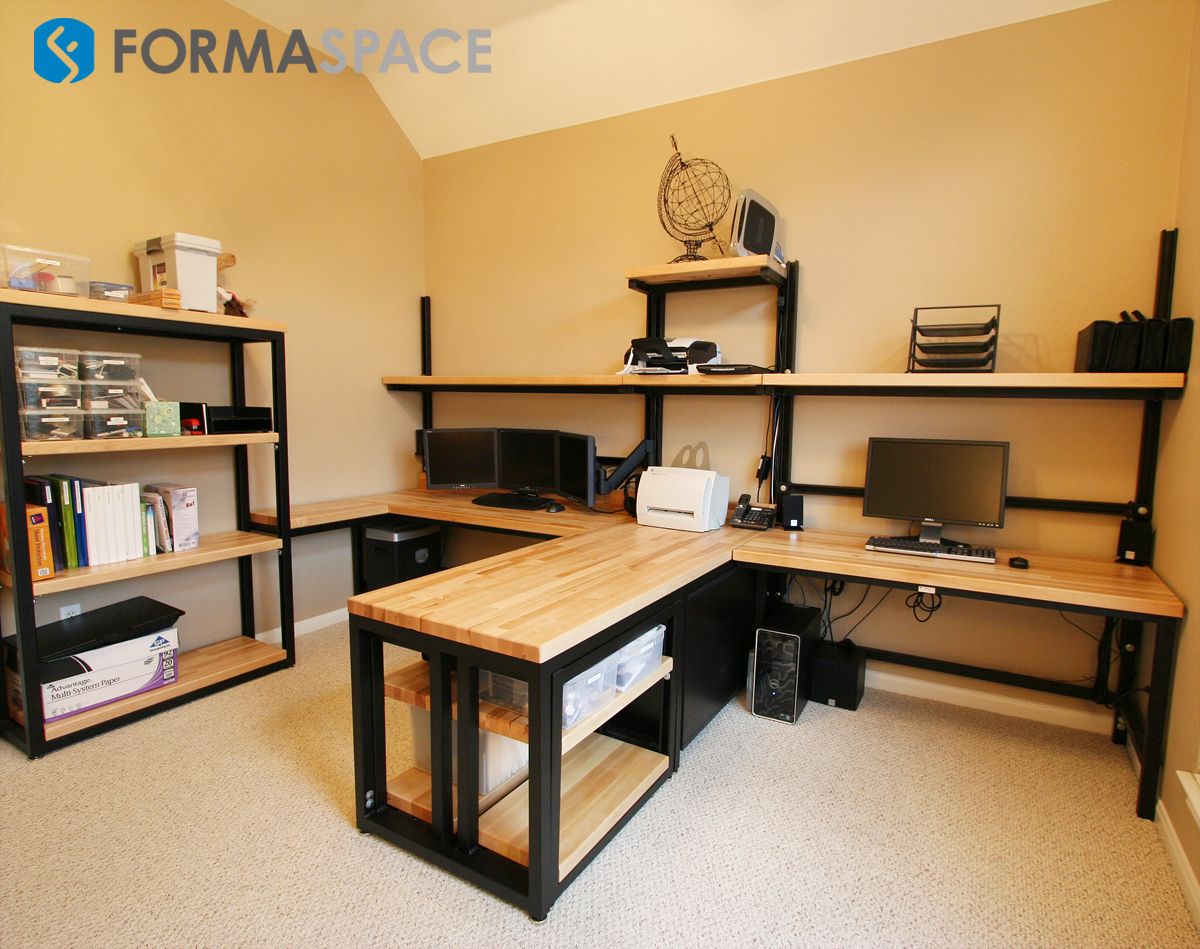
Q: Will Businesses Want to Bring Their Employees Back to the Office?
The working from home phenomenon poses a major challenge for businesses.
The number one issue is it’s harder to collaborate online. For example, brainstorming is easier, more spontaneous, and more productive in person.
The second issue with WFH is that managers are finding it difficult to instill and maintain company culture, particularly among new hires.
If you think about it, there’s a natural attrition rate in every business – which means you have to replace those who retire, move away, or take a job elsewhere. But businesses are finding it very challenging to bring on new employees when they are working from home. Why? It’s simply harder to train, much less immerse and inculcate new employees into your company culture via a Zoom screen. When new employees socialize in the office, they have opportunities to pick up information organically from co-workers that one simply cannot get from home.
Q: How Can Employers Encourage Workers to Return to the Office?
I think encourage is the keyword here. You can’t mandate that while building and maintaining a 21st century culture.
We believe the most important thing is to create an office environment where people want to return to work, one where they feel confident. Companies who understand this also recognize that their work environment is a critical part of establishing and building their brand – which helps them attract and retain the best workers.
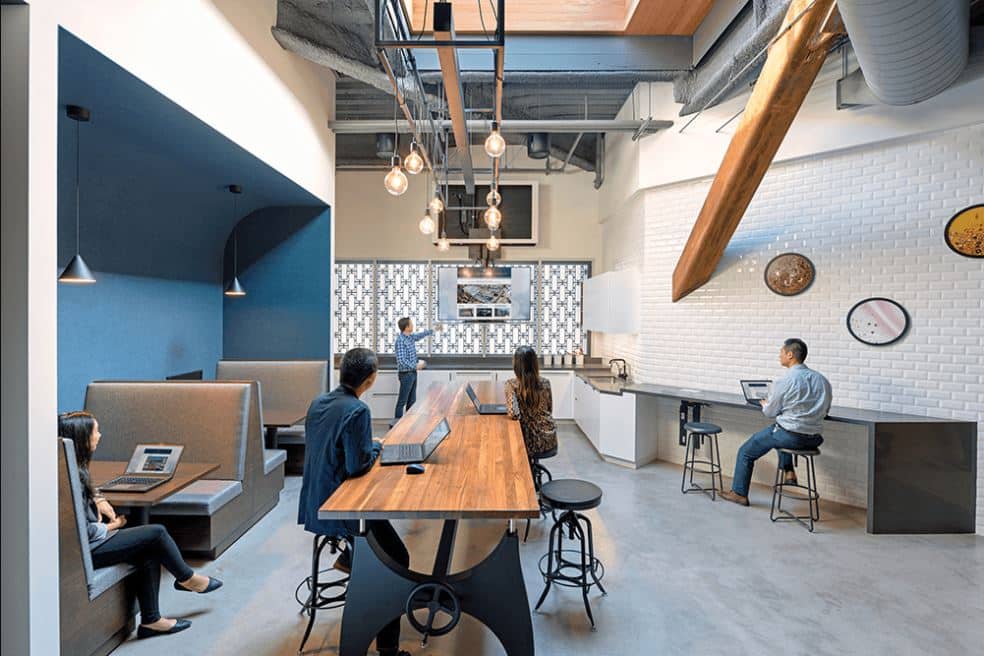
Of course, there will be changes. We’re working with architects and designers right now on what Post-Covid office environments will look like. For example, people are less likely to want to return to working side-by-side, cheek-to-jowl in an open office environment – so we are designing spaces where people are spaced a little further apart with barriers designed for easy removal after this crisis has passed. Other technical changes are in the works, such as reconfiguring HVAC systems for greater filtration, pathogen-killing lighting within the HVAC system, and increasing air extraction, or adding windows that open to the outside for increased airflow.
It will be our job to work with clients who have the insight to focus on building compelling office environments, and the good news for Formaspace – and our Formaspace Contract division – is that we’ve been able to connect with a sizeable number of companies that share our vision.
Thank you for your time, Jeff.
Anytime. And I’d also like to take the opportunity to wish our readers, customers, resellers, and other members of the Formaspace family warm holiday greetings and wishes for a happy and safe New Year.
Formaspace is Your Custom Furniture Source
If you can imagine it, we can build it.
We build custom furniture for your unique requirements here at our factory headquarters in Austin, Texas.
Want to learn more?
Find out how we can work together to make your next project a success.
Contact your Formaspace Design Consultant today.

